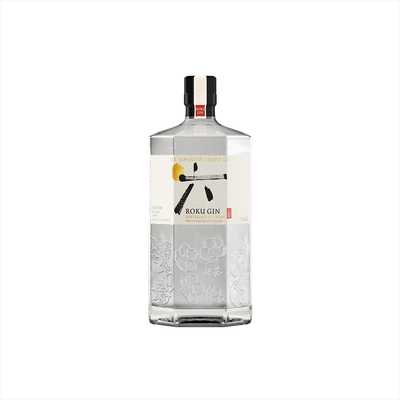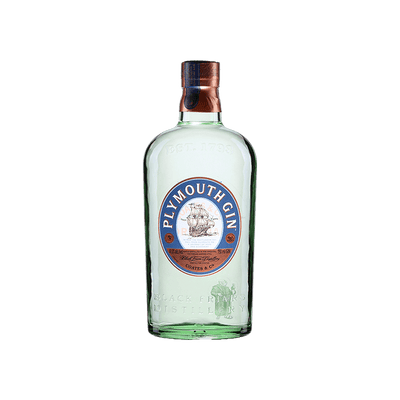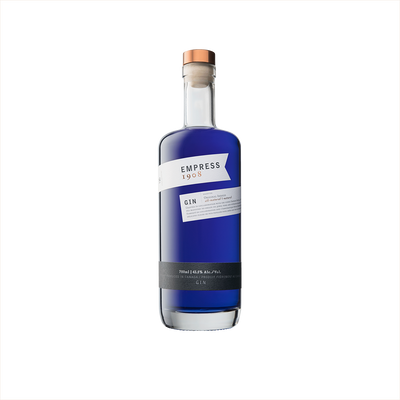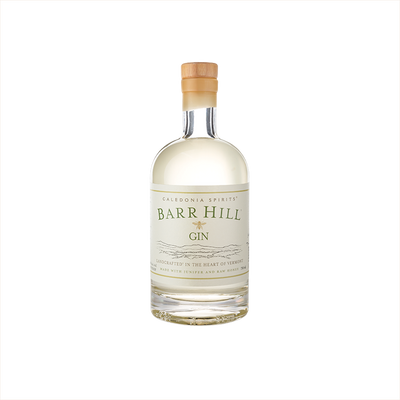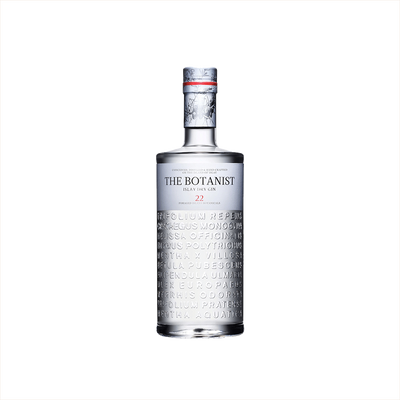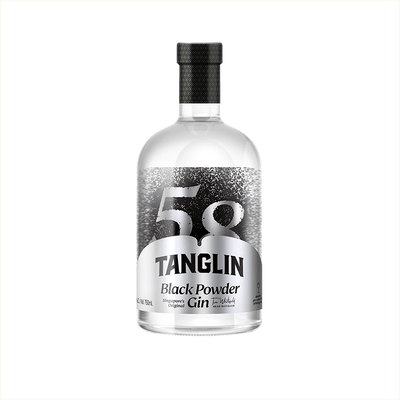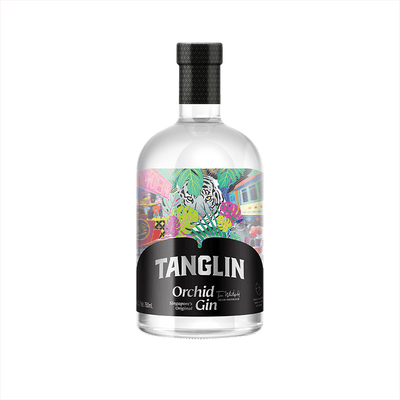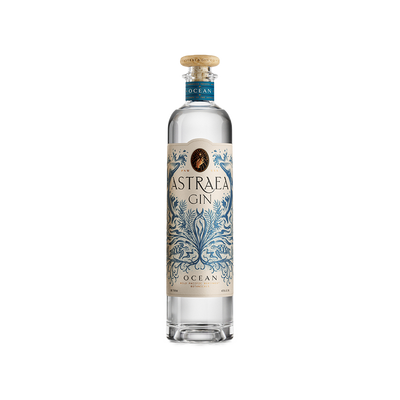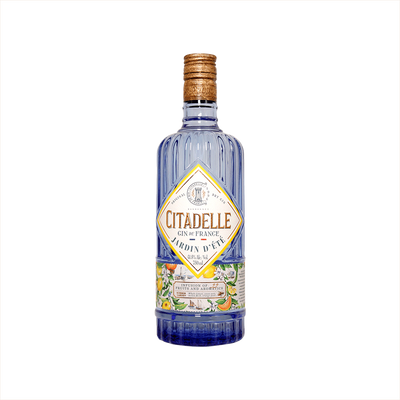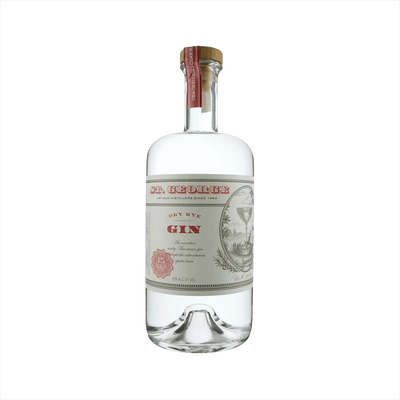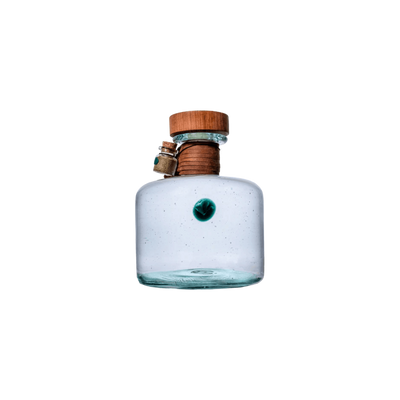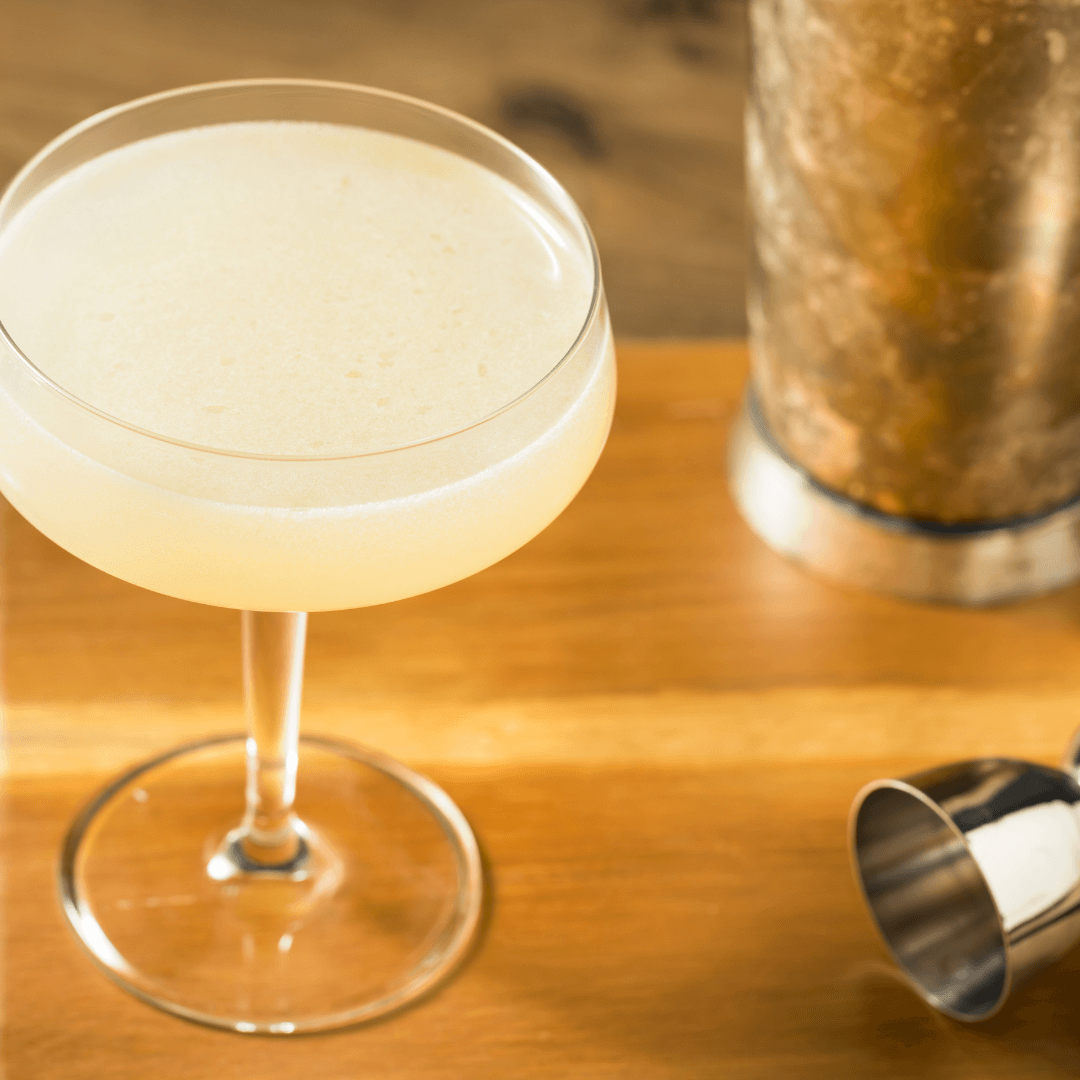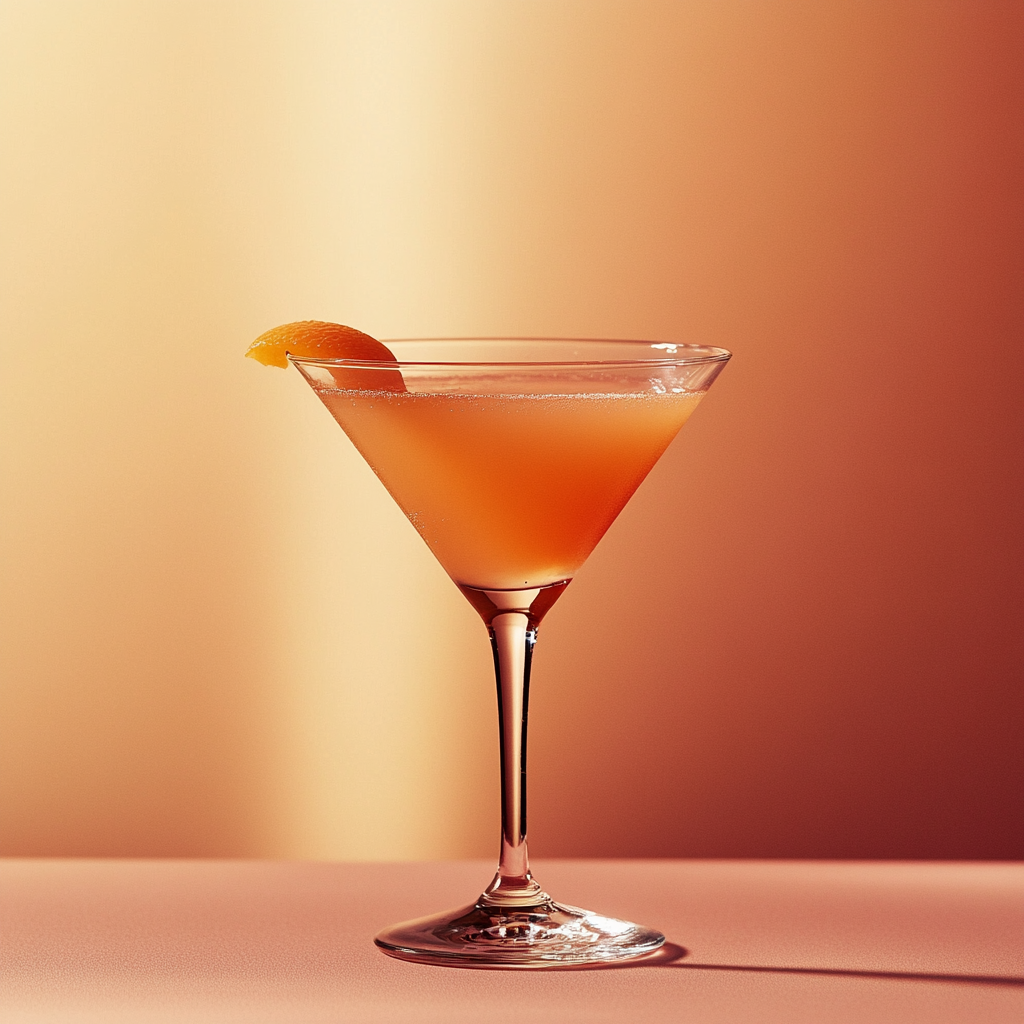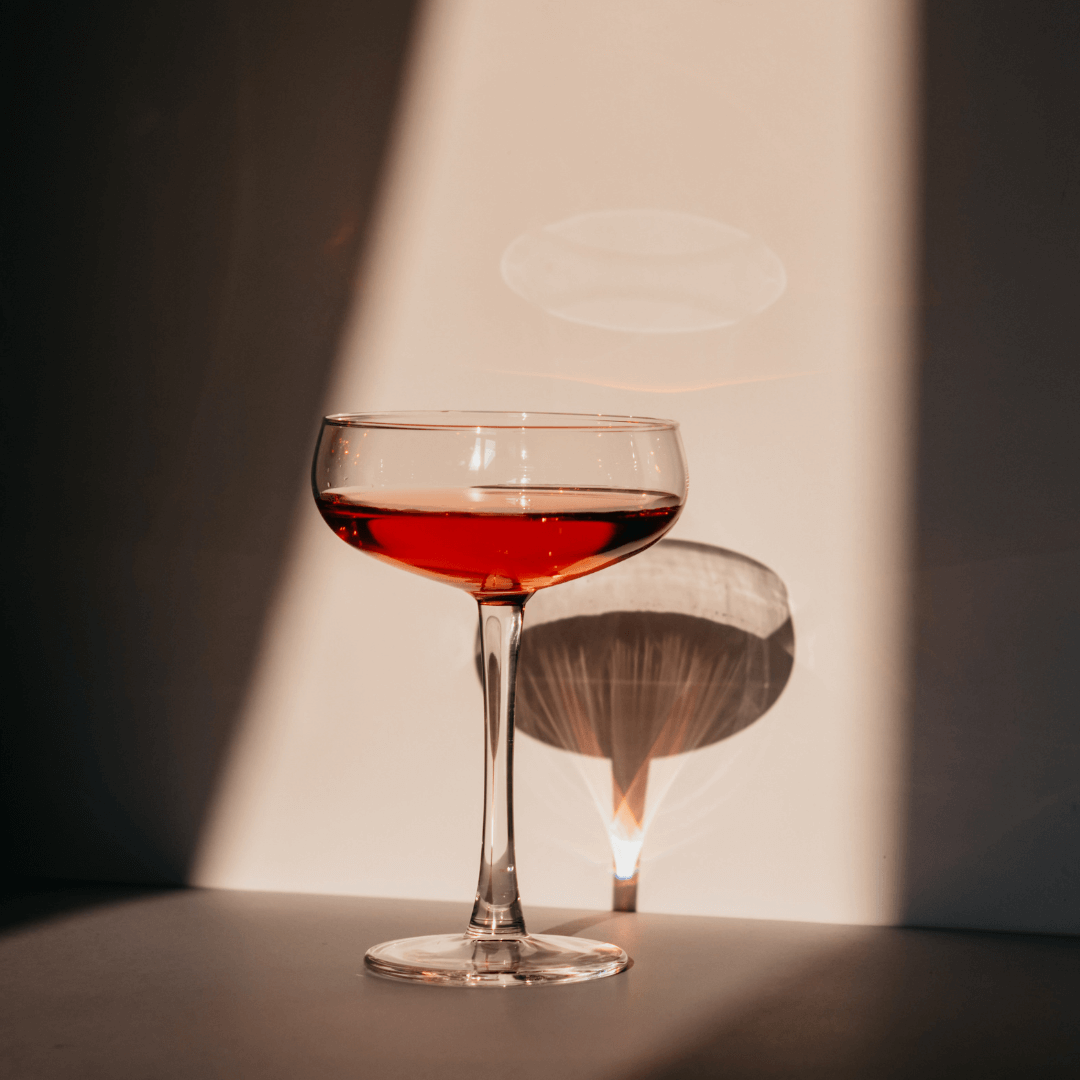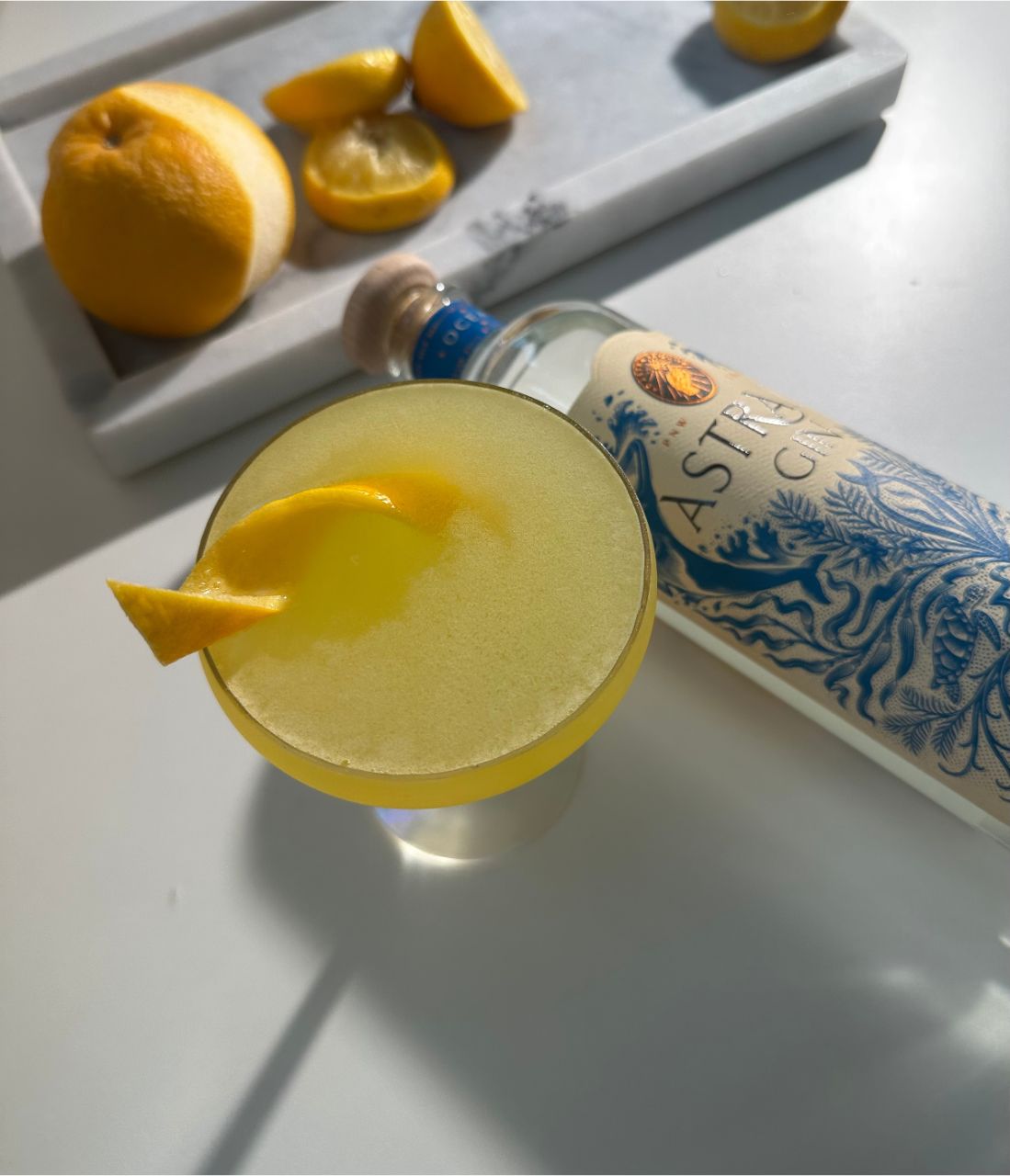Other Gin
What is Other Gin?
Other Gin represents a catch-all category within the Gin classification system, encompassing any gin that doesn't fit neatly into the traditional London Dry, Plymouth, or Old Tom styles. This broad classification includes contemporary craft gins with unconventional botanicals, barrel-aged expressions, flavored varieties, and innovative distillation techniques that push beyond established boundaries. What defines Other Gin is its departure from conventional gin-making rules—these spirits might feature unusual ingredients like seaweed or exotic fruits, undergo aging processes, or employ non-traditional production methods that create unique flavor profiles impossible to categorize elsewhere.
Learn More About Other Gin
What makes Other Gin unique?
Other Gin breaks the traditional mold by skipping juniper as the dominant botanical, instead letting unique ingredients like cardamom, coriander, or citrus take center stage to create entirely new flavor profiles. This approach gives distillers complete creative freedom to craft spirits that taste nothing like classic London Dry or Plymouth styles, resulting in bottles that might taste more like spiced rum or herbal liqueurs than anything you'd recognize as gin. The category essentially represents gin's rebellious younger sibling – technically meeting the legal requirements while completely ignoring centuries of tradition.
How is Other Gin made?
Other Gin starts with a neutral grain spirit that gets redistilled with botanicals, but here's where things get interesting—the exact combination and process can vary wildly from distillery to distillery. Some producers use traditional copper pot stills and steep their botanicals directly in the spirit, while others might use vapor infusion methods or even cold distillation techniques. The beauty lies in each distiller's unique botanical recipe and methodology, which means no two "other" gins taste exactly alike, giving craft producers endless room to experiment with everything from local herbs to unusual spices.
How do you drink Other Gin?
Other Gin shines brightest when mixed into cocktails, where its unique botanicals can play with complementary ingredients rather than being consumed neat or on the rocks. This spirit works beautifully in classic gin cocktails like martinis, negronis, and gin and tonics, but also excels in more adventurous mixed drinks that highlight its distinctive flavor profile. The versatility of Other Gin makes it perfect for year-round enjoyment, from refreshing summer highballs on warm evenings to warming botanical cocktails during cooler months when you want something with character and complexity.
How do I choose a good Other Gin?
When selecting from the wild world of "other" gins, start by considering the dominant botanicals beyond juniper—whether you're drawn to floral notes like lavender and rose, citrus-forward profiles, or spice-heavy blends with cardamom and pink peppercorns. Your cocktail choice should guide your selection: delicate floral gins shine in gin and tonics or simple martinis where their unique character won't get buried, while bold, spice-driven expressions can handle the complexity of a Negroni or Aviation. Read the bottle's botanical list carefully and don't be afraid to ask your liquor store for a small taste—many shops are happy to let you sample these specialty bottles before committing to a full purchase.
Nutritional Information
Typical Calorie Range per Ounce: 64-70 calories
Typical Carbohydrate Range per Ounce: 0-0.1 grams
Typical Sugar Range per Ounce: 0 grams
Typically Gluten Free: Yes
While gin is generally considered gluten-free due to the distillation process removing gluten proteins, we recommend checking the specific product information and consulting with the manufacturer if you have celiac disease or severe gluten sensitivity. Some flavored gins or specialty botanical infusions may contain additives that could affect gluten-free status.
Scrolled this far? Your reward? Other Gin Trivia!
- The world's most expensive gin costs $17,000 per bottle and contains actual gold flakes, plus botanicals hand-picked from locations where each ingredient naturally grows wild – including juniper berries harvested from cliffs in Kosovo and coriander seeds from Bulgaria's mountains.
- Navy Strength gin earned its name because British naval officers would test gin's proof by soaking gunpowder with it – if the powder still ignited, the gin was strong enough (57% ABV minimum) to avoid diluting their rum rations during long sea voyages.
- Some modern distilleries use vacuum distillation at extremely low temperatures to preserve delicate floral botanicals that would be destroyed by traditional heat methods – this technique was originally developed by perfume makers in France during the 18th century.
- Pink gin gets its color naturally from ingredients like rose petals, hibiscus, or even pink peppercorns, but the original "Pink Gin" was actually clear London Dry Gin mixed with Angostura bitters, creating a pink-tinged drink that British officers drank as a malaria preventative in tropical colonies.
- The juniper berries that give gin its signature flavor aren't actually berries at all – they're tiny cones from juniper trees, and it takes three years for them to fully mature and develop the piney, resinous oils that make gin taste like gin.
Higher-proof spirits can be intense. Mix carefully, taste thoughtfully, and enjoy responsibly.
Gift message (optional)

